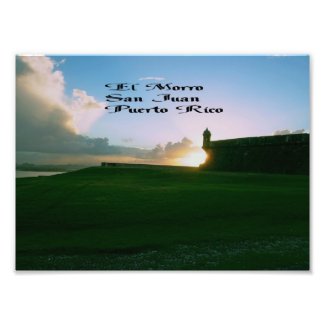Photography by Gary Wonning
The celebrations start in early December, or even in late November with Thanksgiving, and they continue through to about mid-January, when the San Sebastian Festival, or SanSe, is held in Old San Juan and brings the festivities to a close.

Christmas in San Juan
Almost every municipality will have a holiday festival where people gather in the plaza to enjoy food, drink, music, dancing, and each other’s good cheer. Occasionally, the municipality will provide a holiday meal, such as a pig roast. People will travel across the island at this time to join in the different festivities. The unofficial closing festival of San Sebastian is an enormous event throughout Old San Juan. This four-day event features food and drink and music, as well as many vendors and artists. When most of these festivals were started, they had a religious orientation, but many have lost that facet while they continue to celebrate the beauty of life.

Christmas tree in Puerto Rico
Growing up on a dairy farm in southeastern Indiana, Gary traveled very little until midlife, when the opportunity became available to him.
Grabbing his camera and a bag full of equipment, he began his vision quest traveling to most areas of the United States and several countries abroad.
Along the way he collected several thousand photographs that he wants to share with everyone.
Gary decided the best way to accomplish his goal was to publish photo documentaries on the various areas of the world he has visited.
What will follow will be several photography books, who knows how many will wind up in his collection.
To contact Gary:





































